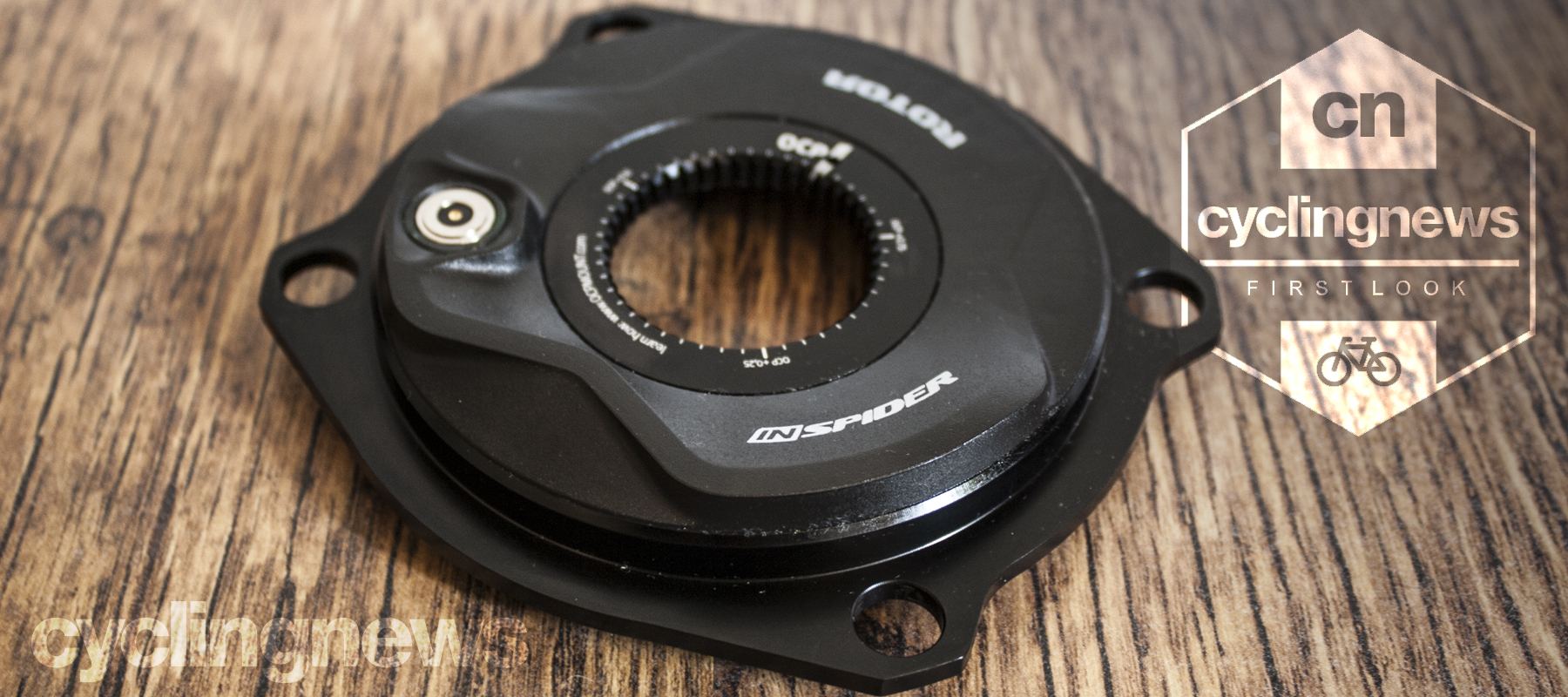Early Verdict
The modular design of Rotor's INspider power meter makes it a sensible investment for the serious cyclist
Pros
- +
Can be swapped between multiple bikes
- +
Comparatively light at 148g
- +
Accurate to 1 - 1.5%
- +
Reliable data harvesting
- +
Impressive battery life
Cons
- -
A little on the costly side
You can trust Cyclingnews

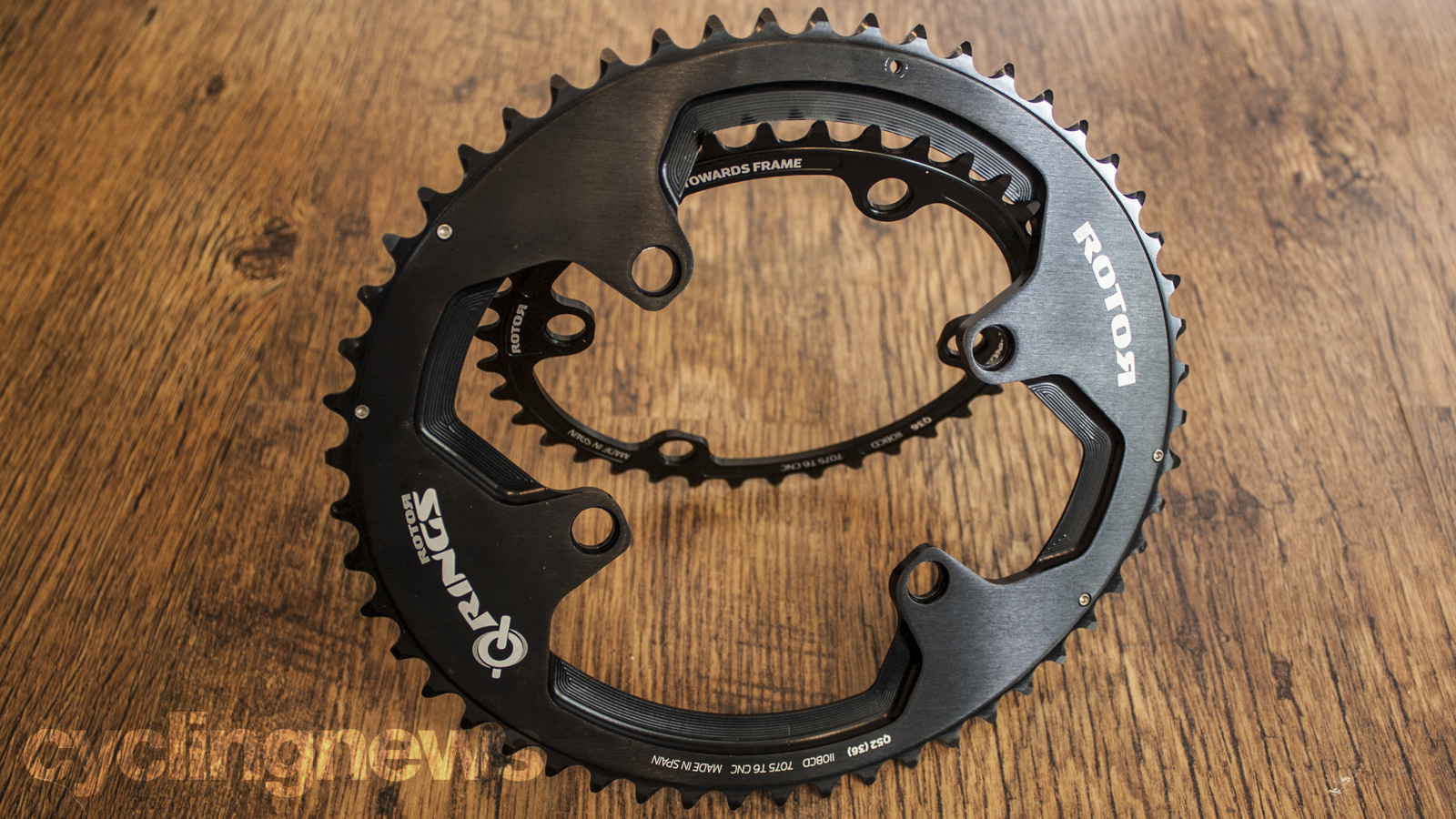
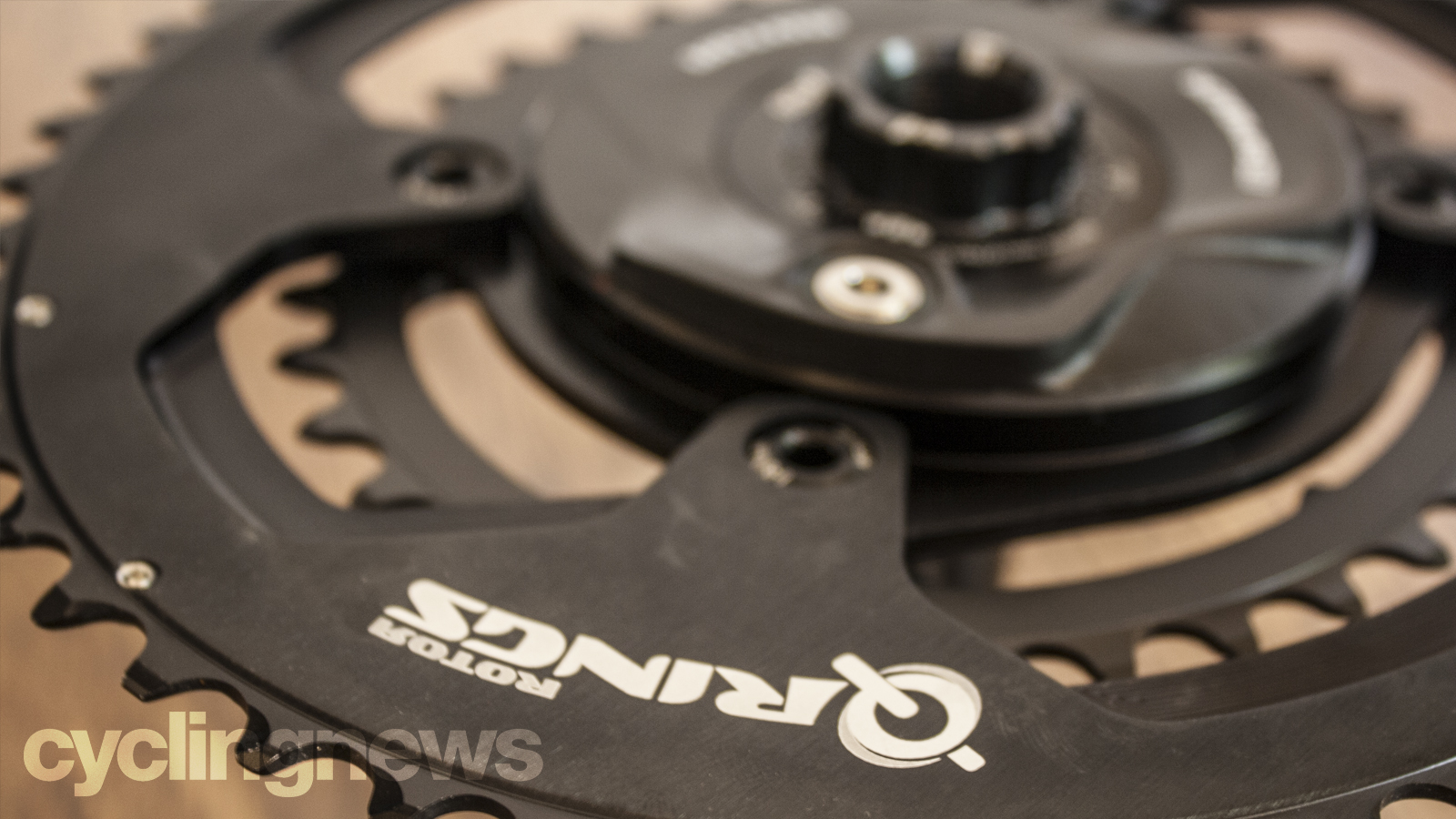
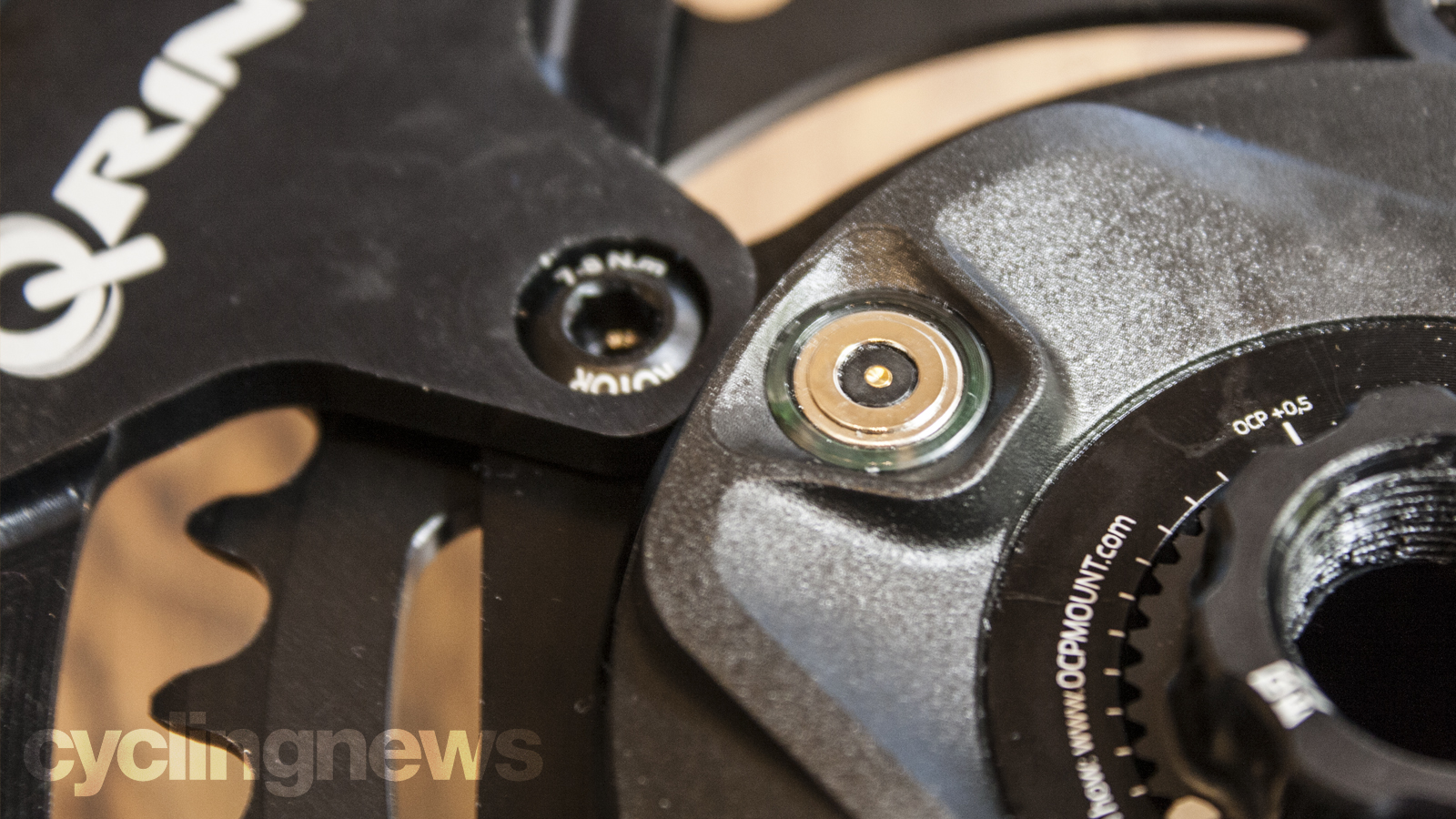
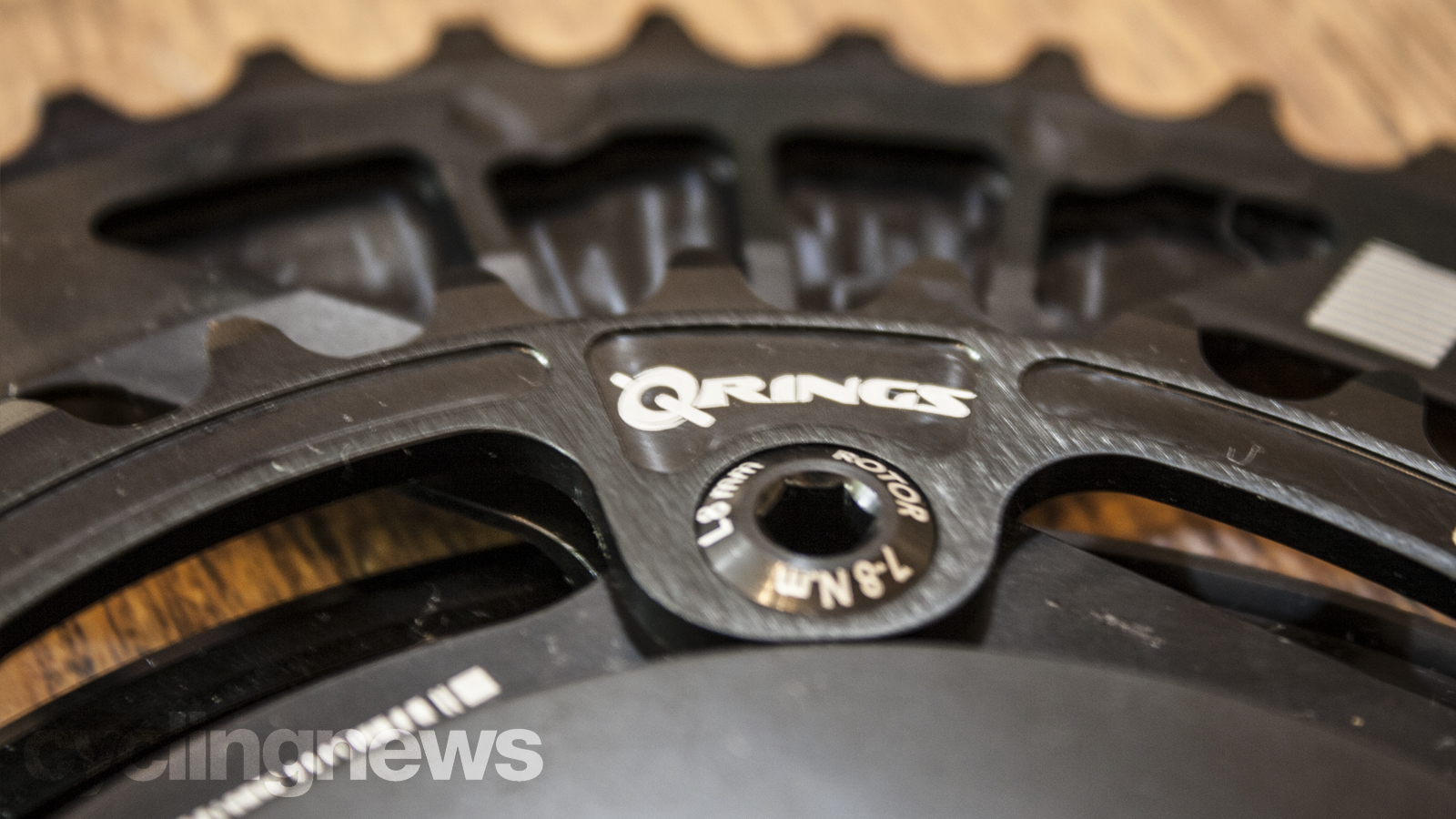
The once unattainable power meter has become widely affordable in recent years thanks to advances in strain-gauge technology, power meter design, and the increased demand for training tools of this nature. At present, the best power meters include everything from single- to dual-sided cranksets, pedals, rear-wheel hubs, spindle options and spider solutions like the system pictured here. With the exception of pedal-based systems, swapping power meters from bike-to-bike can sometimes be an impossible task but Rotor reckons it has found a solution.
A modular philosophy
Unveiled last year at Eurobike, the Rotor INspider power meter is the first of its kind to offer multi-discipline compatibility, and can be seamlessly switched between bikes granted they all utilise a Rotor OCP-splined (Optimum Chainring Position) crankset. In terms of compatibility the INspider will play nicely with all crank arm lengths (150-175mm), axle standards (24 and 30mm) and carbon crank arms, not to mention both 1x and 2x chainring configurations. The beauty of this particular setup, however, hinges around the notion of consistency - especially when considering the comparability of power numbers. While you could potentially buy two or three crank-based options for the same price as the INspider power meter, going this route can often result in discrepancies across the individual units making repeatable interval power targets sometimes unachievable.
The INspider is manufactured using high-precision CNC-manufacturing with 7075 aluminium - it's watertight so it can be used all-year-round regardless of the riding conditions and cycling discipline.
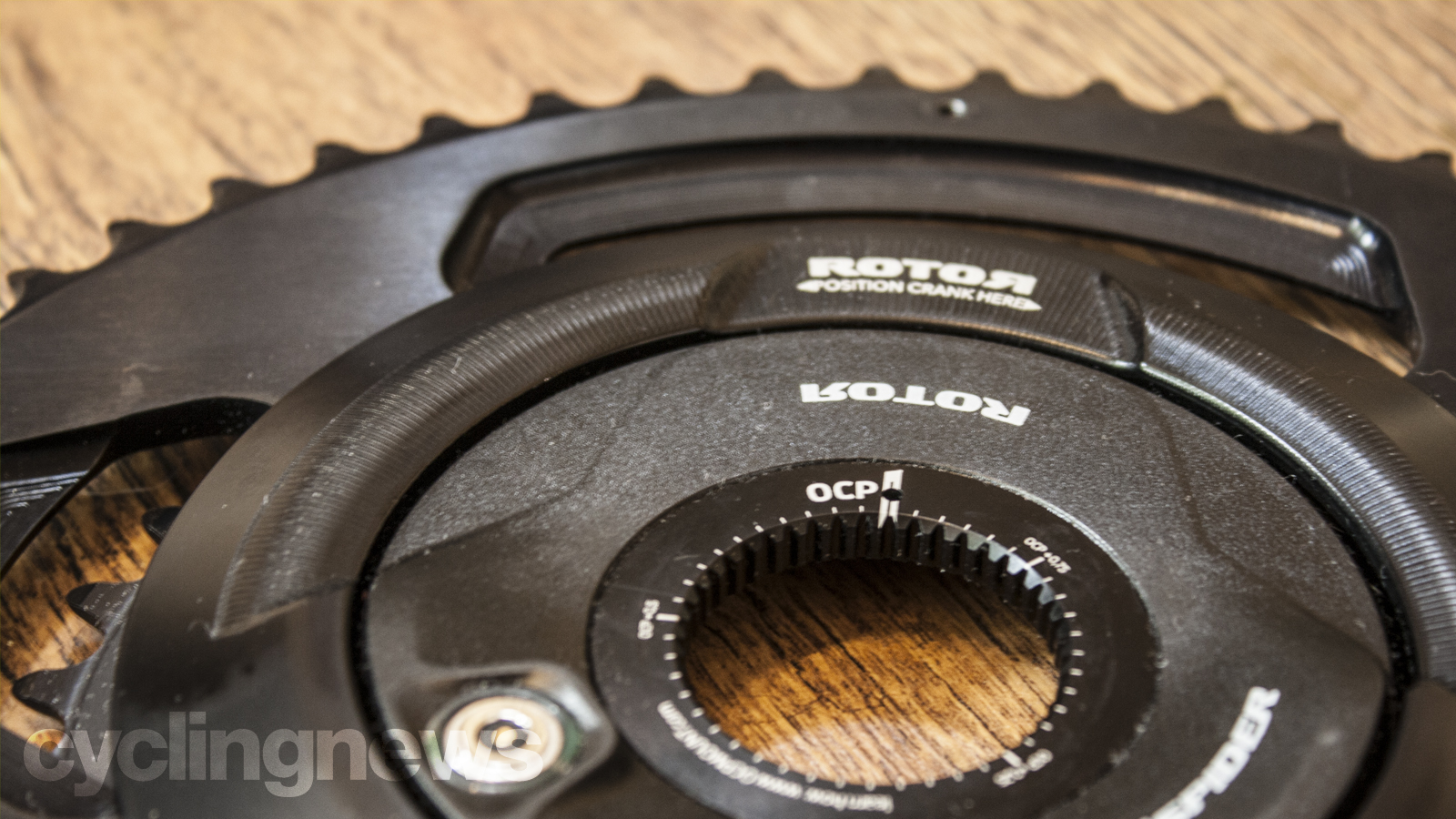
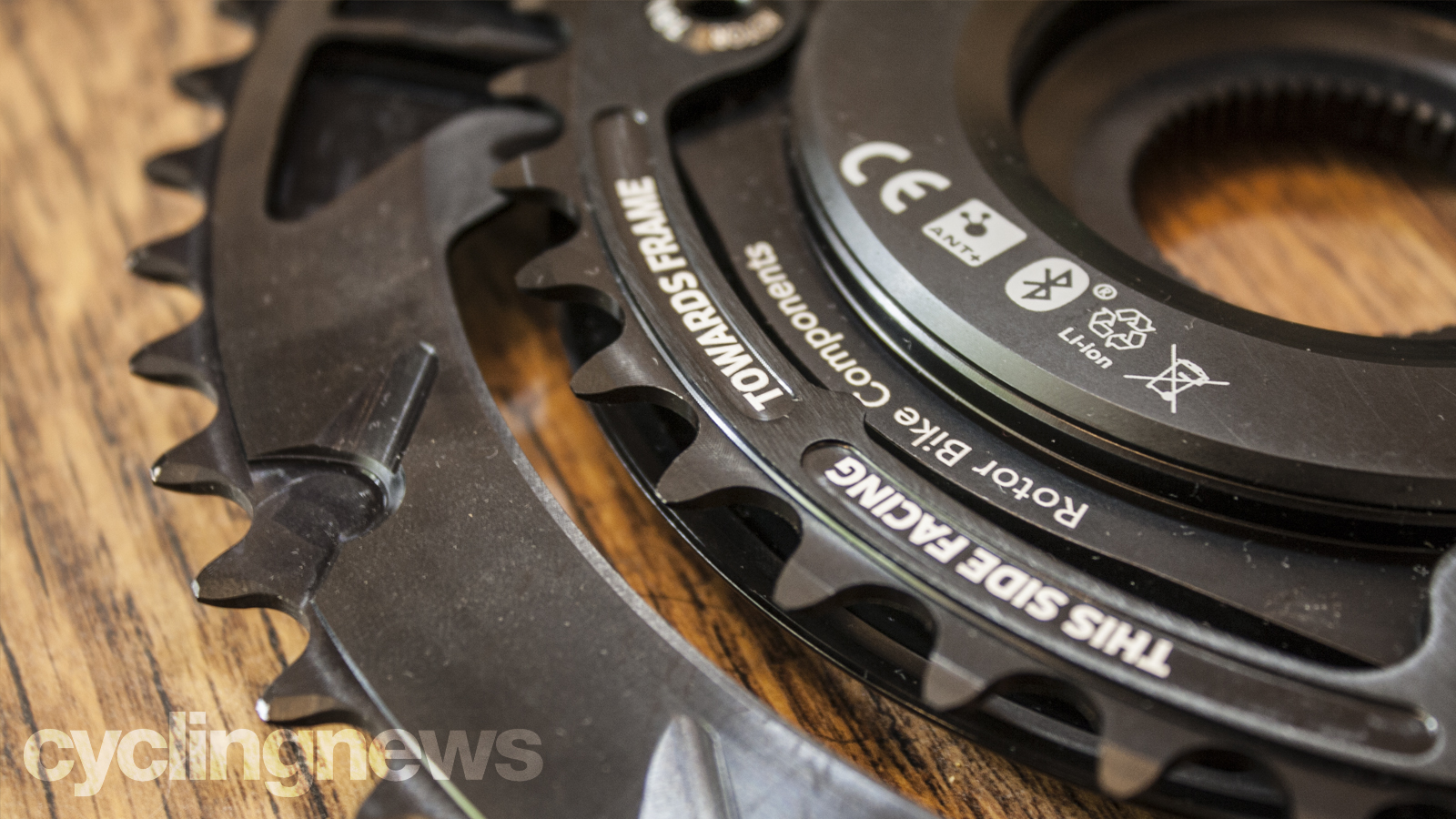
Inner workings
The INspider transduces flex into electrical resistance via two paired sets of opposing radial strain gauges which independently measure power at the left and right leg. While the unit does not provide pedal smoothness/torque effectiveness it does, however, display L/R balance. The upshot of a power meter of this nature is the way in which it harvests data. There are no signal dropouts and the system can capture up to 200 data points per second, trumping the crank-based alternatives that measure power at one side - no multiplying by two here. In terms of accuracy, Rotor says there's no real benchmark for comparisons but claims a maximum deviation of only 1-1.5 per cent.
Battery life is quoted to last between 250-300 hours putting it squarely in line with the Power2Max NGeco. It takes roughly three hours to fully recharge the unit which is done through the magnetic charging port - a green light will illuminate when fully charged.
What's in the box?
Rotor sent me a complete setup comprising ALDHU 170mm aluminium cranks, a spindle and bottom-bracket bearing kit, two sets of double chainrings (Q-Rings and round options configured in a 52/36T sizing ratio) not forgetting the INspider itself complete with Aero Crown. It's a tidy-looking package.
Speaking of chainrings, the INspider utilises a Shimano-compatible 110 BCD 4-bolt configuration which limits the minimum chainring size to 34T (SRAM's wider 10-52T cassette options will mitigate this limitation). Those who prefer using Q-Rings can also fine-tune the OCP in 1-degree increments to establish the optimal ring position based on pedal-stroke telemetry from the Rotor power app.
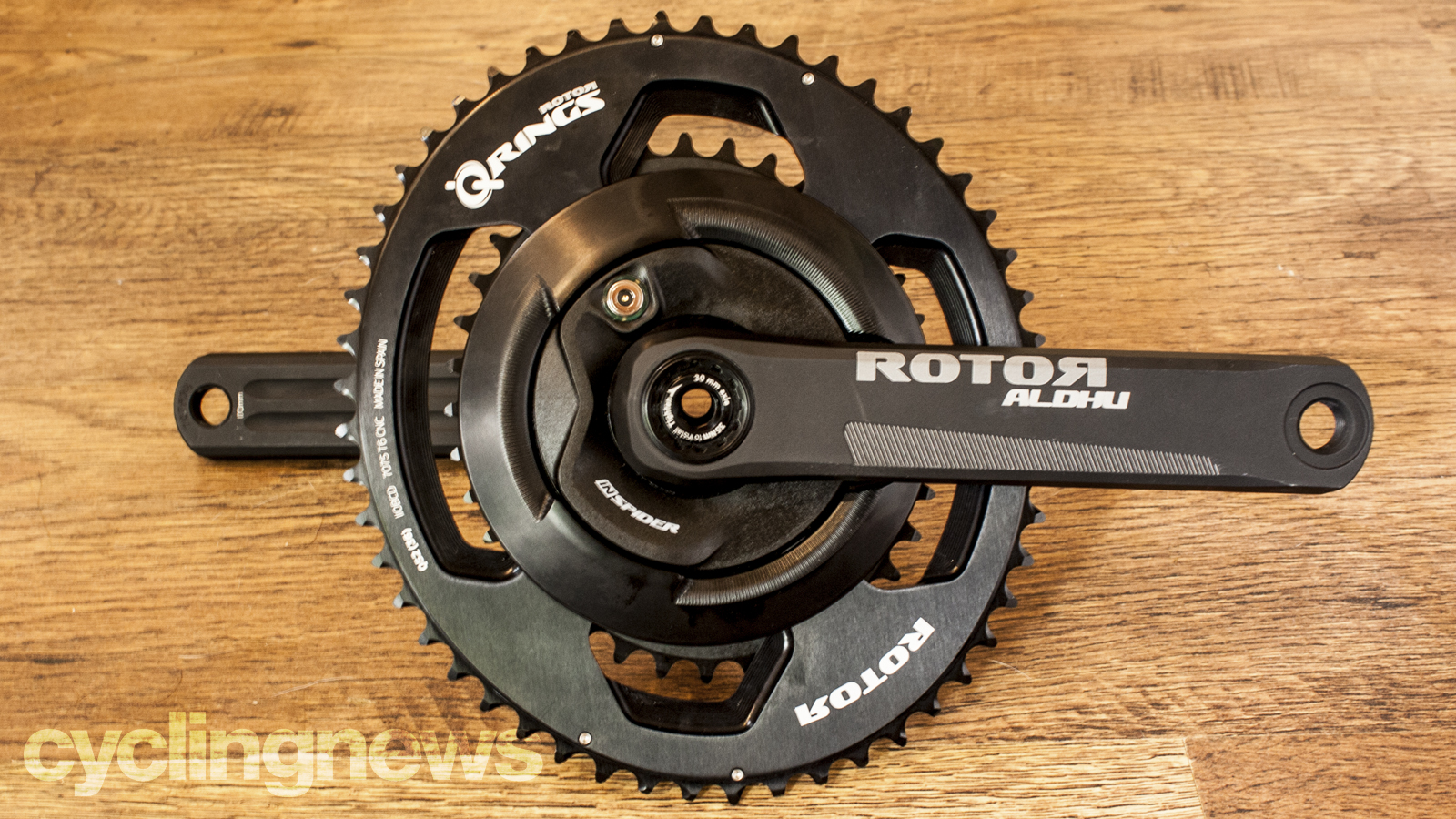
Initial impression
At £585 / $649 / €649 the Rotor INspider power meter is not particularly cheap but when you consider it can potentially double or triple up as one solution across multiple bikes, it starts to make sense as a viable long-term investment.
Is it the last power meter you will ever buy? Well, I'll be answering that question in the coming months where I'll be testing the Rotor INspider against its rivals (of all denominations) and sharing my experiences of how it operates both outside in real-world conditions as well as the pixel-based world of Zwift.
Tech specs: Rotor INspider power meter
- RRP: £585 / $649 / €649
- Weight: 148g, actual (spider) / 49g, actual (aero crown)
- Battery life: 250-300 hours
- Battery type: Rechargeable
- Measurement: Dual-sided
- Type: Spider
Aaron was the Tech Editor Cyclingnews between July 2019 and June 2022. He was born and raised in South Africa, where he completed his BA honours at the University of Cape Town before embarking on a career in journalism. Throughout this career, Aaron has spent almost two decades writing about bikes, cars, and anything else with wheels. Prior to joining the Cyclingnews team, his experience spanned a stint as Gear & Digital editor of Bicycling magazine, as well as a time at TopCar as Associate Editor.
Now based in the UK's Surrey Hills, Aaron's life revolves around bikes. He's a competitive racer, Stravaholic, and Zwift enthusiast. He’s twice ridden the Cape Epic, completed the Haute Route Alps, and represented South Africa in the 2022 Zwift eSports World Championships.
Height: 175cm
Weight: 61.5kg
Rides: Cannondale SuperSlice Disc Di2 TT, Cannondale Supersix Evo Dura-Ace Rim, Cannondale Supersix Evo Ultegra Di2 Disc, Trek Procaliber 9.9 MTB
What is a hands on review?
'Hands on reviews' are a journalist's first impressions of a piece of kit based on spending some time with it. It may be just a few moments, or a few hours. The important thing is we have been able to play with it ourselves and can give you some sense of what it's like to use, even if it's only an embryonic view.
